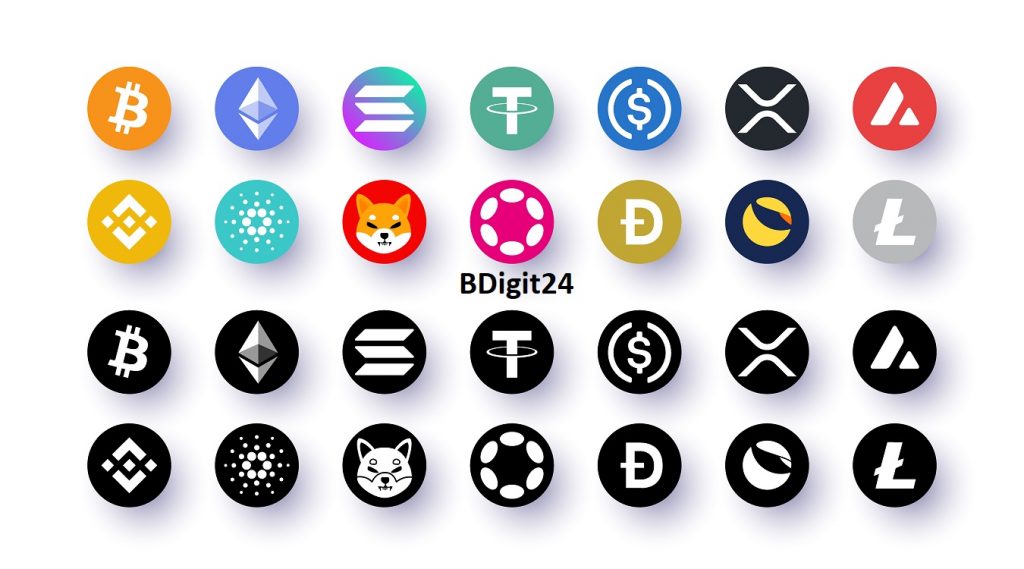Understanding Bitcoin’s Influence on the Crypto Market and the Potential Risks for 2025 and the Future
Evaluating the Impact of Bitcoin’s Risk on Crypto Prices in 2025 and Beyond
The cryptocurrency market has experienced rapid growth and volatility since Bitcoin’s inception in 2009. As we move into 2025 and beyond, Bitcoin continues to be the flagship cryptocurrency, influencing the entire market’s behavior. With its rising popularity, however, comes an increased level of risk that could shake investor confidence and impact prices. Understanding the dynamics of Bitcoin’s risks and their influence on the broader crypto market is crucial for investors, enthusiasts, and industry analysts.
The Role of Bitcoin in the Crypto Market
Bitcoin holds a dominant position in the cryptocurrency market, often referred to as the “digital gold” of the industry. Its price trends often dictate the overall market’s direction, influencing altcoins and other blockchain-based assets. As of 2025, Bitcoin’s market capitalization still accounts for a large portion of the total crypto market value, making it a barometer for crypto price movements. Therefore, any risk associated with Bitcoin can have significant ripple effects on the entire market.
The Risks Facing Bitcoin in 2025
- Regulatory Uncertainty: One of the most significant risks Bitcoin faces in 2025 is regulatory scrutiny. Governments worldwide are increasingly concerned about the potential for cryptocurrencies to disrupt traditional financial systems. Several countries have already implemented or are considering regulations to curb Bitcoin’s use in illicit activities or to ensure tax compliance. Regulatory decisions in major economies like the U.S., China, or the European Union could severely impact Bitcoin’s price volatility and investor sentiment.
- Security and Hacking Threats: Although Bitcoin’s blockchain technology is secure, exchanges and wallets remain vulnerable to hacking attempts. High-profile security breaches in the past have exposed weaknesses in the crypto ecosystem. If such incidents continue to occur, Bitcoin’s risk profile will worsen, leading to decreased investor confidence, which could negatively impact crypto prices across the board.
- Market Manipulation: The relatively low liquidity in some cryptocurrency markets, combined with the decentralized nature of crypto assets, makes Bitcoin susceptible to market manipulation. “Whale” investors with large holdings can influence Bitcoin’s price with massive buy or sell orders, leading to price swings that may not reflect true market demand. This volatility could scare off mainstream investors and destabilize the market.
- Environmental Concerns: Bitcoin’s mining process is energy-intensive, raising concerns about its environmental impact. As global attention increasingly shifts toward sustainability, Bitcoin’s high energy consumption could face additional scrutiny. If regulators impose stricter environmental laws, Bitcoin mining could face higher operational costs, potentially affecting its price.
- Competition from Other Cryptocurrencies: While Bitcoin remains the leader in the market, the rise of other cryptocurrencies and blockchain technologies could threaten its dominance. Ethereum, for example, is advancing its blockchain capabilities with Ethereum 2.0, promising faster transactions and lower energy consumption. If other digital currencies emerge as more efficient or scalable alternatives, Bitcoin’s market share and price could decline.
Impact on Crypto Prices in 2025 and Beyond
As Bitcoin faces these risks, the broader crypto market will likely experience volatility in 2025 and beyond. Here’s what to expect:
- Increased Volatility: Bitcoin’s price movements are historically volatile. In 2025, Bitcoin could continue to see sharp fluctuations in response to regulatory developments, market sentiment, and technological advancements. This volatility will likely affect altcoins as well, leading to an unpredictable market environment.
- Market Consolidation: Due to the risks associated with Bitcoin and other cryptocurrencies, the market may experience consolidation, where smaller projects fail or get acquired by larger entities. This could result in a more centralized market with fewer, more established cryptocurrencies.
- Potential Growth: Despite the risks, the crypto market may continue to grow as institutional investors, governments, and large corporations enter the space. Bitcoin’s role as a store of value or even as a hedge against inflation may become more prominent, increasing demand for Bitcoin and boosting market prices in the long run.
As we move into 2025, Bitcoin’s risks will shape the future of the cryptocurrency market. Regulatory changes, security concerns, and competition from newer digital currencies will all play a crucial role in determining Bitcoin’s impact on market prices. While risks are inevitable, Bitcoin’s resilience and growing institutional acceptance may help mitigate some of these challenges. For investors and enthusiasts, staying informed about these risks is essential to navigating the complex and evolving world of cryptocurrency.
#Bitcoin #CryptoMarket #Crypto2025 #BitcoinRisk #CryptoPrices #Cryptocurrency

